Victorian Historical Journal June 24 Vol 95, Number 1 HARD COPY
This book is a hard copy book. It is also available as a digital download. If you’d like to purchase the digital version please click here.
This issue of the Victorian Historical Journal opens with one of the key annual lectures delivered at the Royal Historical Society of Victoria during the first half of 2024, followed by four refereed articles and four historical notes. The review section contains seven reviews of recent books and a review of one website, all providing insights into recent publications engaging with Victoria’s rich past. Venturing into the lectures, articles, notes and reviews, readers will traverse discussions about women, war, music, sport, land speculation, and rural access.
The annual Billibellary Indigenous History Lecture was named with the permission of the Wurundjeri Woi-wurrung Cultural Heritage Aboriginal Corporation for the ngurrangaeta or clan head who was a pivotal figure in early Aboriginal–European relations in Victoria. The third Billibellary Lecture was presented at the RHSV on 20 February 2024 by Professor Lynette Russell AM, Sir John Monash Distinguished Professor, Monash Indigenous Studies Centre. The lecture, titled ‘The View from Here: Thinking about Australian Indigenous Histories and their Future’, focused on the underpinning rationale and purpose of Professor Russell’s current project ‘Global Encounters and First Nations Peoples’, funded over five years by the Australian Research Council. This history examines ‘the encounters and interactions that occurred over a thousand years’, using cross-disciplinary techniques to demonstrate ‘Indigenous peoples’ agency and unique responses to newcomers, as opposed to the deeply problematic British colonial narrative starting in 1770 with Lt James Cook “discovering” Australia’. It will ‘create narratives about encounter rather than colonialism and colonisation, thus situating British experiences within a broader history of exploration and incursion across the world’. It will privilege ‘Indigenous knowledge traditions’ and employ evidence not only from textual sources but also from linguistics, botany, archaeology, material culture, rock art, oral traditions, genetics, and medicine.
The four refereed articles range from the 1850s to the 1970s. They cover: the case of Elizabeth Scott, the first woman executed in Victoria; the evolution of the goal and the behind in the scoring system of Australian Rules football; the work of a World War I Soldiers Welcome Home Committee; and the role of government in the development of a housing
estate in Macleod.
Three of the four ‘Historical Notes’ discuss the significance of individual Victorians—a nineteenth-century editor and author, two accomplished musicians resident in 1880s Melbourne, and an army legal officer on the island of Morotai between November 1945 and February 1946. The remaining note examines the decision not to build a road
connecting Dargo to Myrtleford in the 1950s.
This issue of the journal also includes eight book and website reviews with particular significance for Victorian history, many of them biographical studies. They include a unionist, three field naturalists, a leading twentieth-century composer, key figures in nineteenth-century St Kilda, three gifted young men killed in the Great War, the first director of Melbourne’s Royal Botanic Gardens, and historian Graeme Davison’s reflections on the lives of his paternal ancestors and their influence on his own development. The variety and significance of these individuals and their contributions, direct and indirect, to Victoria’s history reflect the growing maturity and diversity of scholarship that this journal is privileged to publish.
Selection from the Introduction by the co-editors Richard Broome and Judith Smart.
$22.00
12 in stock
Description
This book is a hard copy book. It is also available as a digital download. If you’d like to purchase the digital version please click here.
This issue of the Victorian Historical Journal opens with one of the key annual lectures delivered at the Royal Historical Society of Victoria during the first half of 2024, followed by four refereed articles and four historical notes. The review section contains seven reviews of recent books and a review of one website, all providing insights into recent publications engaging with Victoria’s rich past. Venturing into the lectures, articles, notes and reviews, readers will traverse discussions about women, war, music, sport, land speculation, and rural access.
The annual Billibellary Indigenous History Lecture was named with the permission of the Wurundjeri Woi-wurrung Cultural Heritage Aboriginal Corporation for the ngurrangaeta or clan head who was a pivotal figure in early Aboriginal–European relations in Victoria. The third Billibellary Lecture was presented at the RHSV on 20 February 2024 by Professor Lynette Russell AM, Sir John Monash Distinguished Professor, Monash Indigenous Studies Centre. The lecture, titled ‘The View from Here: Thinking about Australian Indigenous Histories and their Future’, focused on the underpinning rationale and purpose of Professor Russell’s current project ‘Global Encounters and First Nations Peoples’, funded over five years by the Australian Research Council. This history examines ‘the encounters and interactions that occurred over a thousand years’, using cross-disciplinary techniques to demonstrate ‘Indigenous peoples’ agency and unique responses to newcomers, as opposed to the deeply problematic British colonial narrative starting in 1770 with Lt James Cook “discovering” Australia’. It will ‘create narratives about encounter rather than colonialism and colonisation, thus situating British experiences within a broader history of exploration and incursion across the world’. It will privilege ‘Indigenous knowledge traditions’ and employ evidence not only from textual sources but also from linguistics, botany, archaeology, material culture, rock art, oral traditions, genetics, and medicine.
The four refereed articles range from the 1850s to the 1970s. They cover: the case of Elizabeth Scott, the first woman executed in Victoria; the evolution of the goal and the behind in the scoring system of Australian Rules football; the work of a World War I Soldiers Welcome Home Committee; and the role of government in the development of a housing
estate in Macleod.
Three of the four ‘Historical Notes’ discuss the significance of individual Victorians—a nineteenth-century editor and author, two accomplished musicians resident in 1880s Melbourne, and an army legal officer on the island of Morotai between November 1945 and February 1946. The remaining note examines the decision not to build a road
connecting Dargo to Myrtleford in the 1950s.
This issue of the journal also includes eight book and website reviews with particular significance for Victorian history, many of them biographical studies. They include a unionist, three field naturalists, a leading twentieth-century composer, key figures in nineteenth-century St Kilda, three gifted young men killed in the Great War, the first director of Melbourne’s Royal Botanic Gardens, and historian Graeme Davison’s reflections on the lives of his paternal ancestors and their influence on his own development. The variety and significance of these individuals and their contributions, direct and indirect, to Victoria’s history reflect the growing maturity and diversity of scholarship that this journal is privileged to publish.
Selection from the Introduction by the co-editors Richard Broome and Judith Smart.


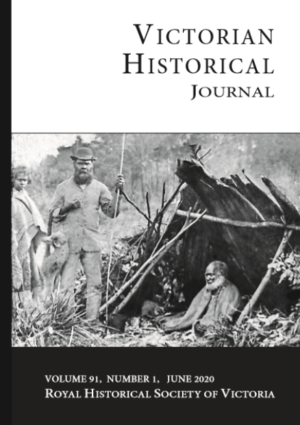
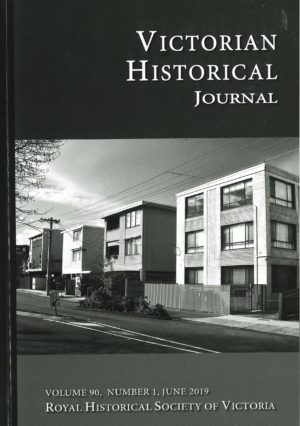
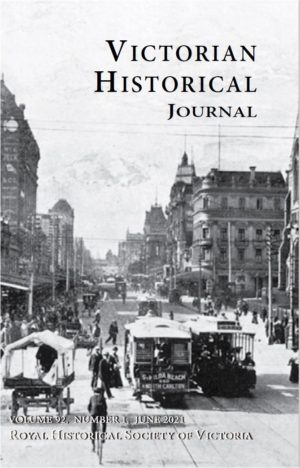



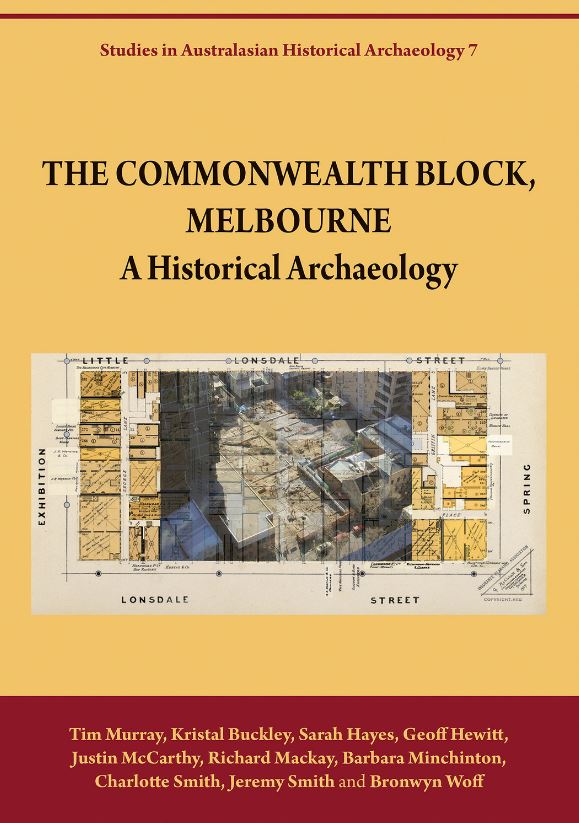
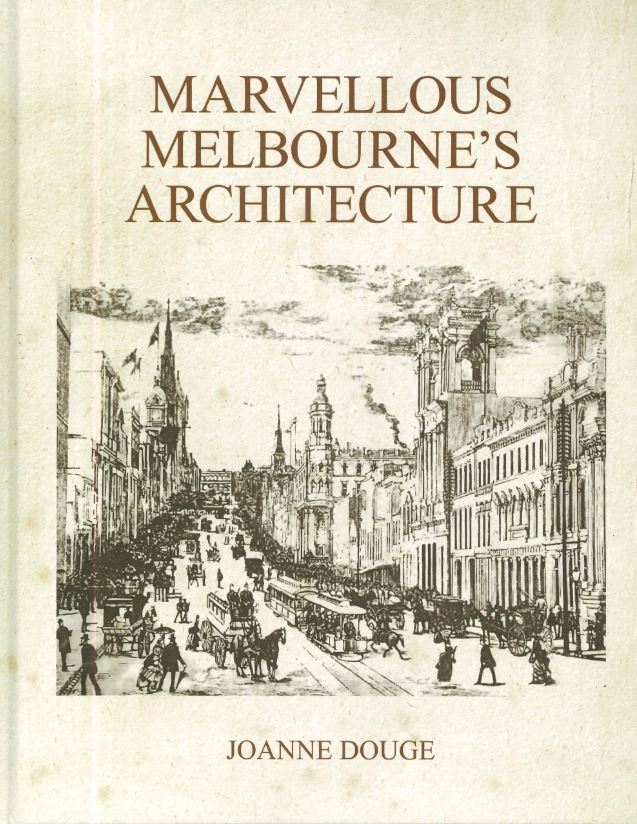
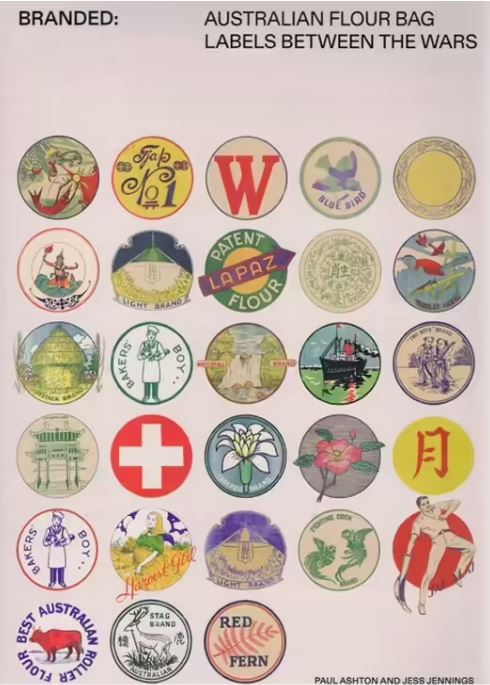
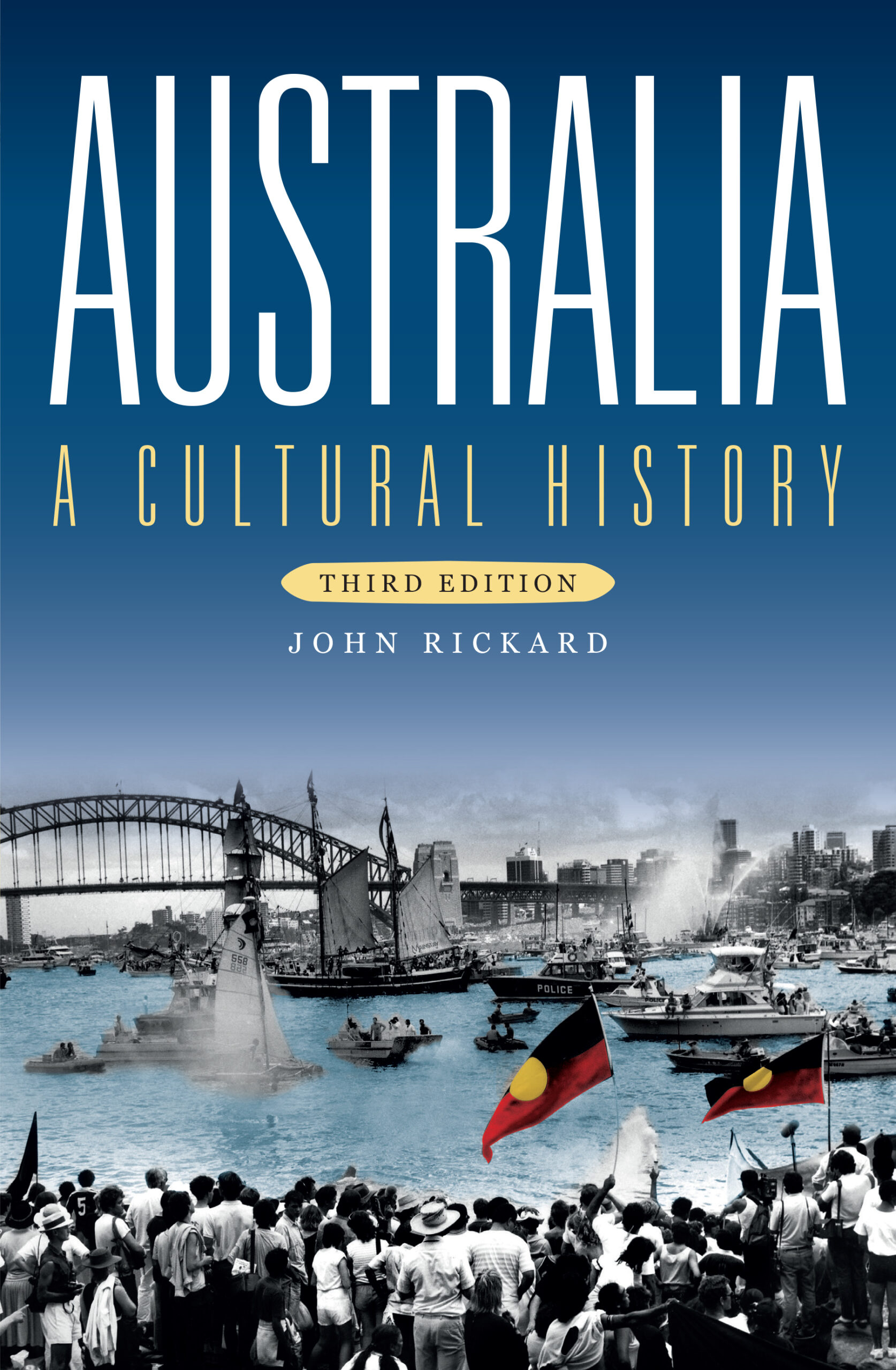
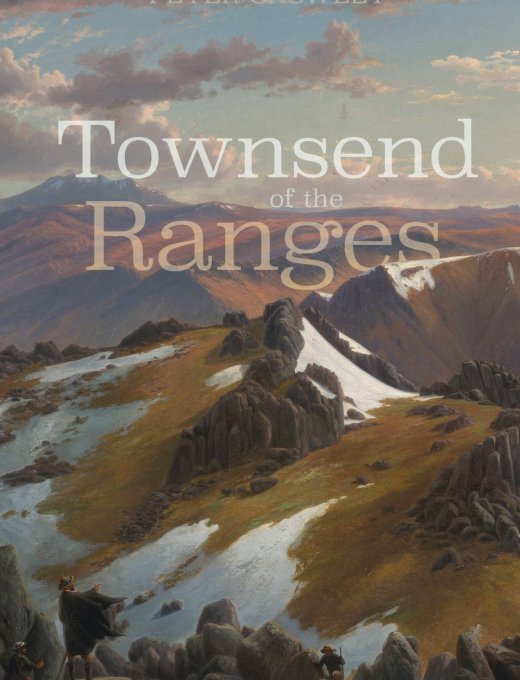

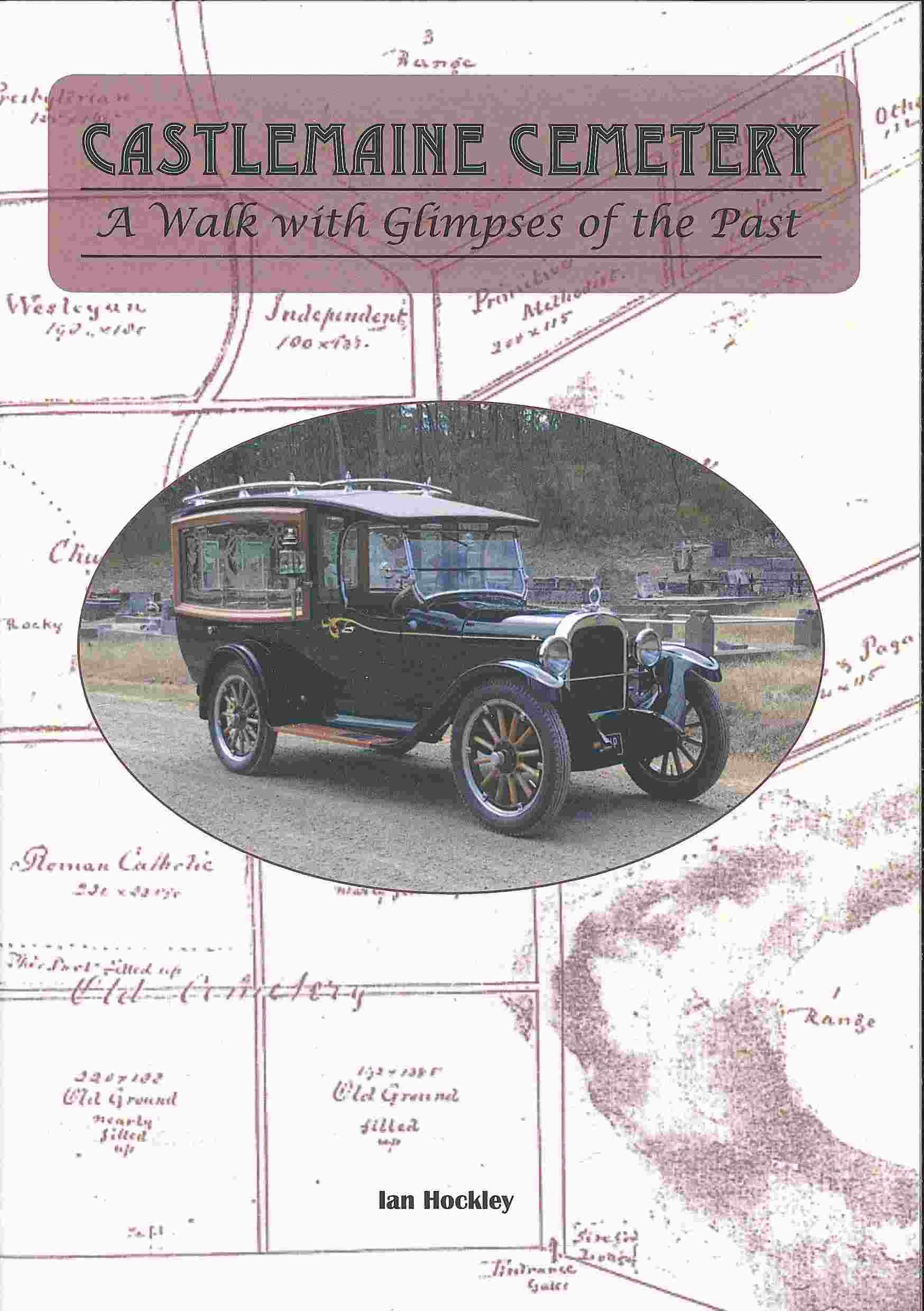

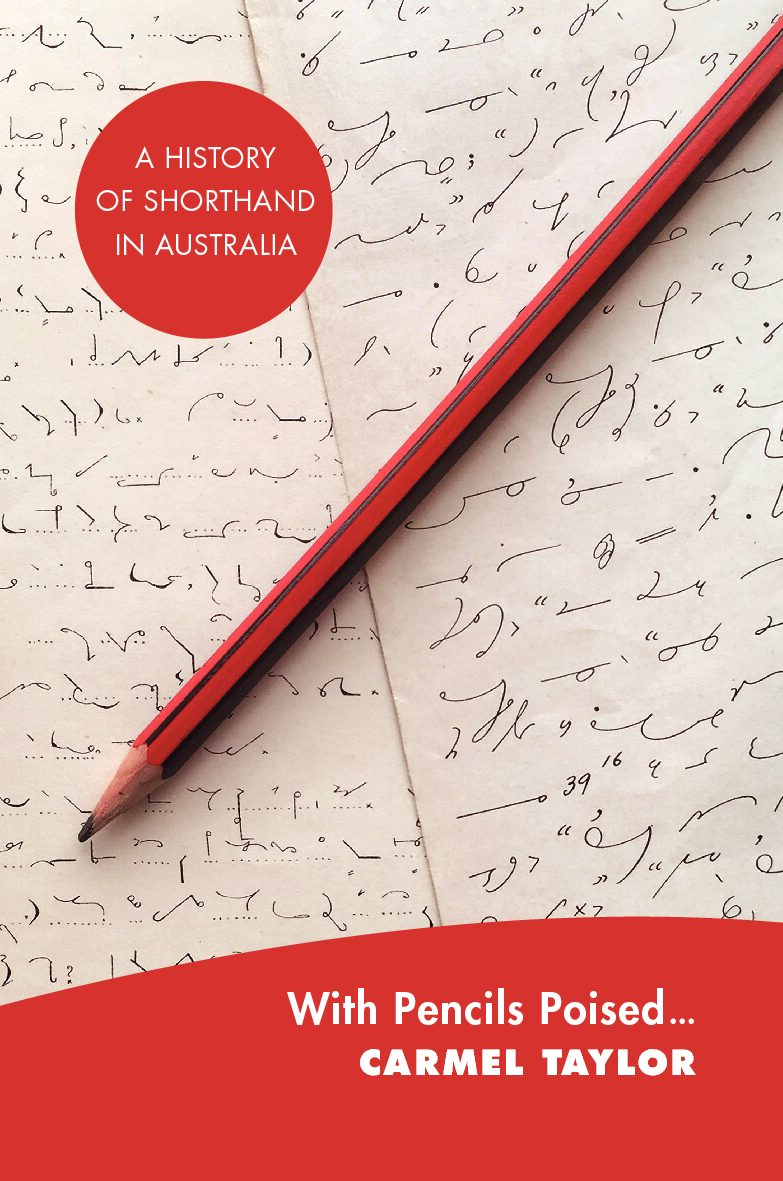
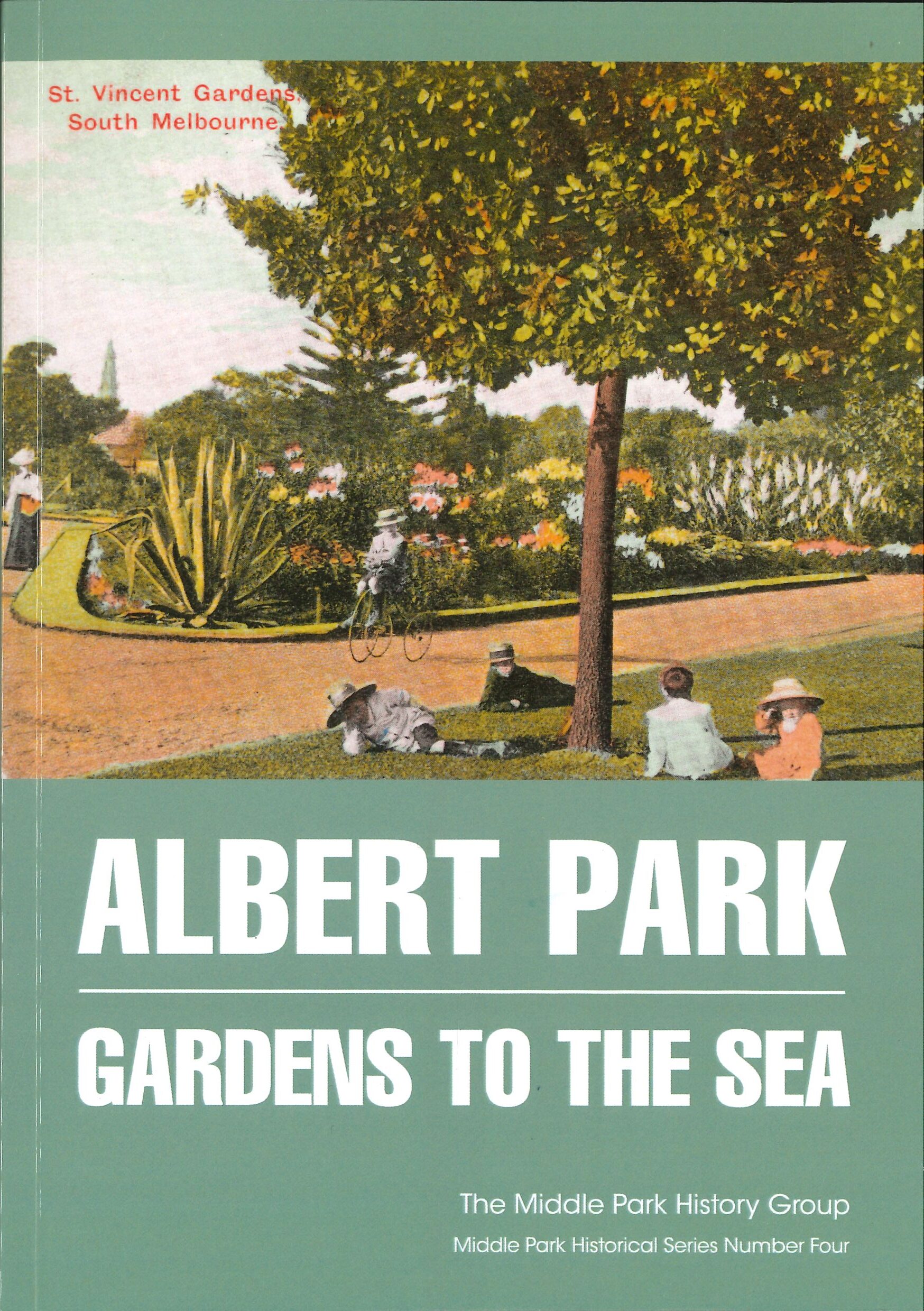

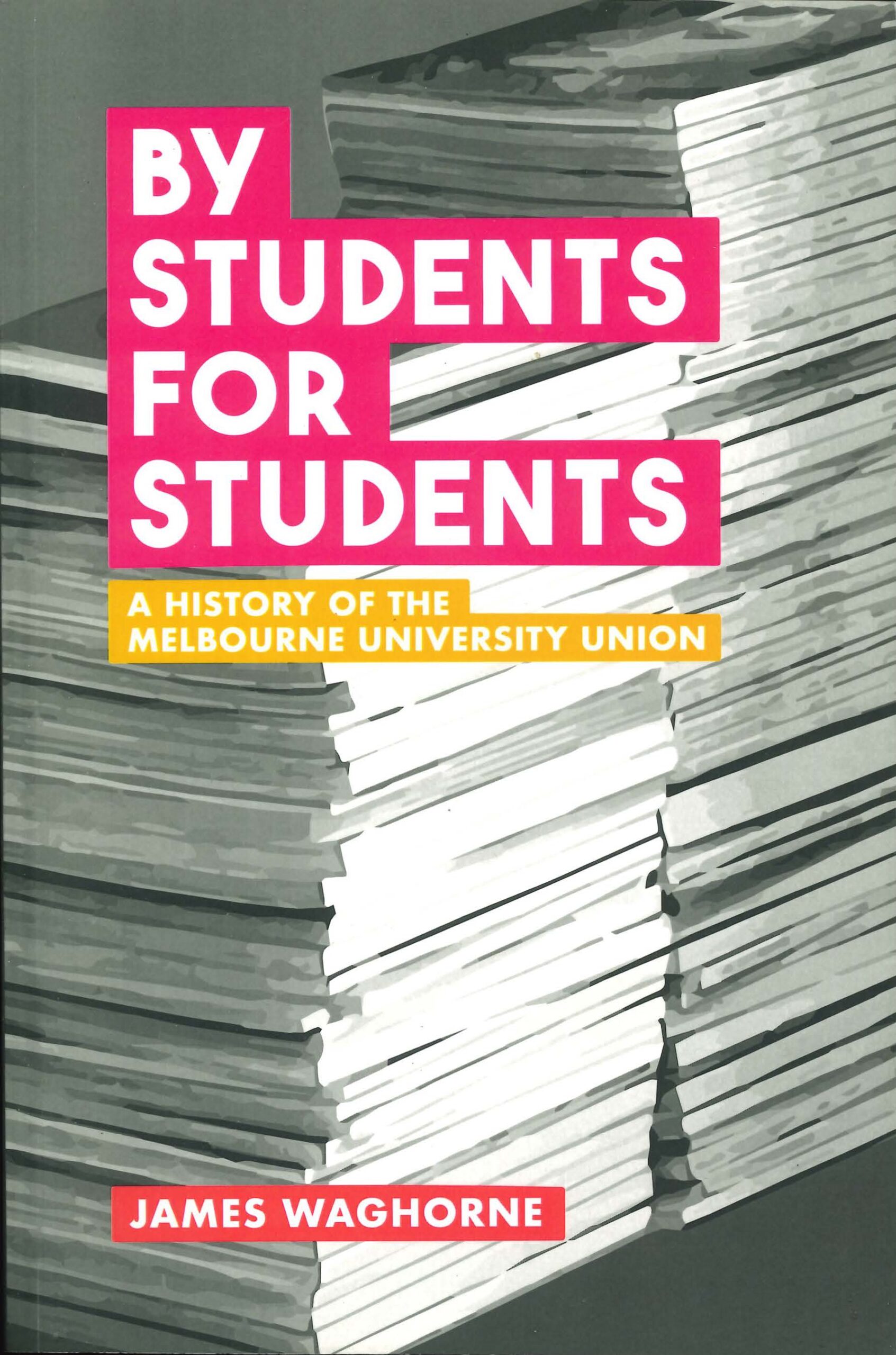

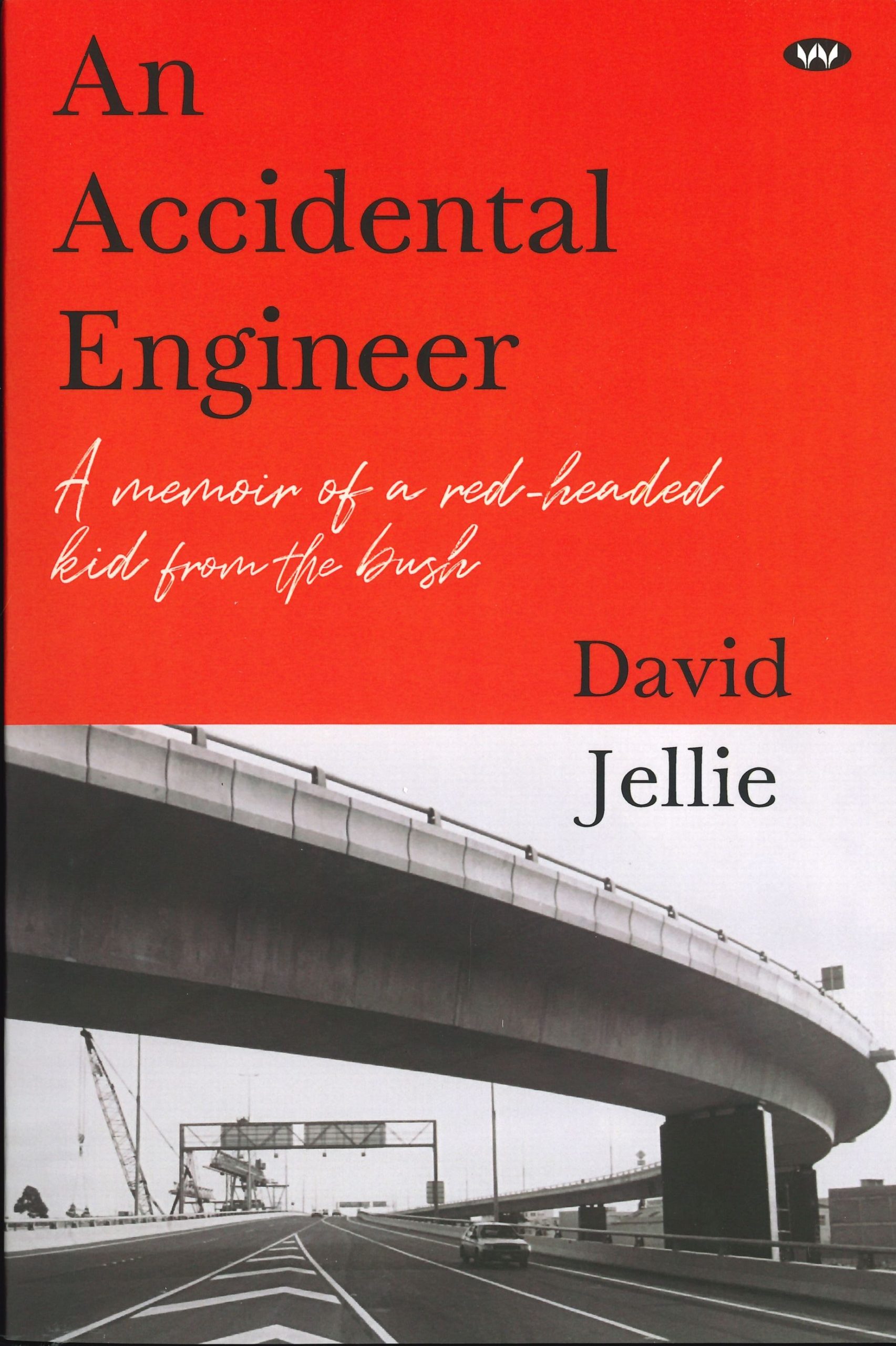

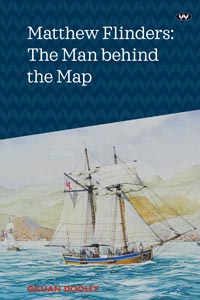
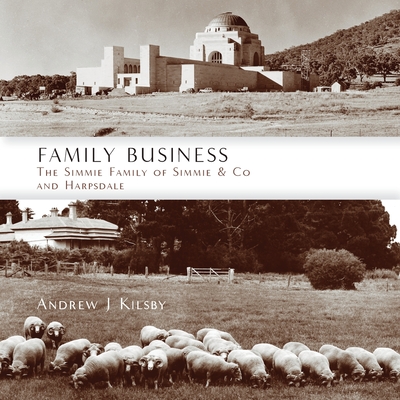
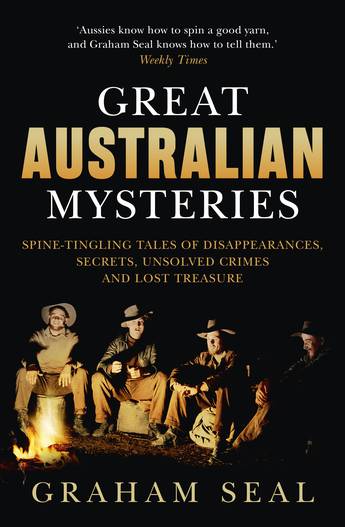
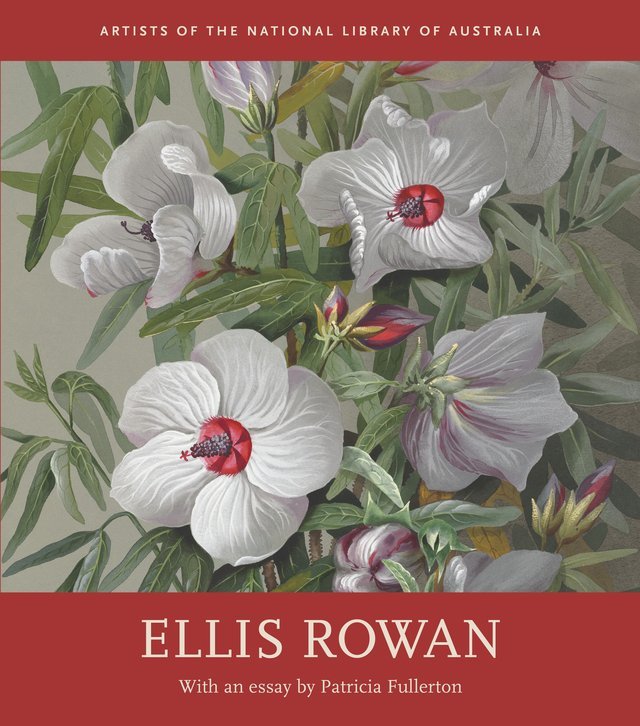

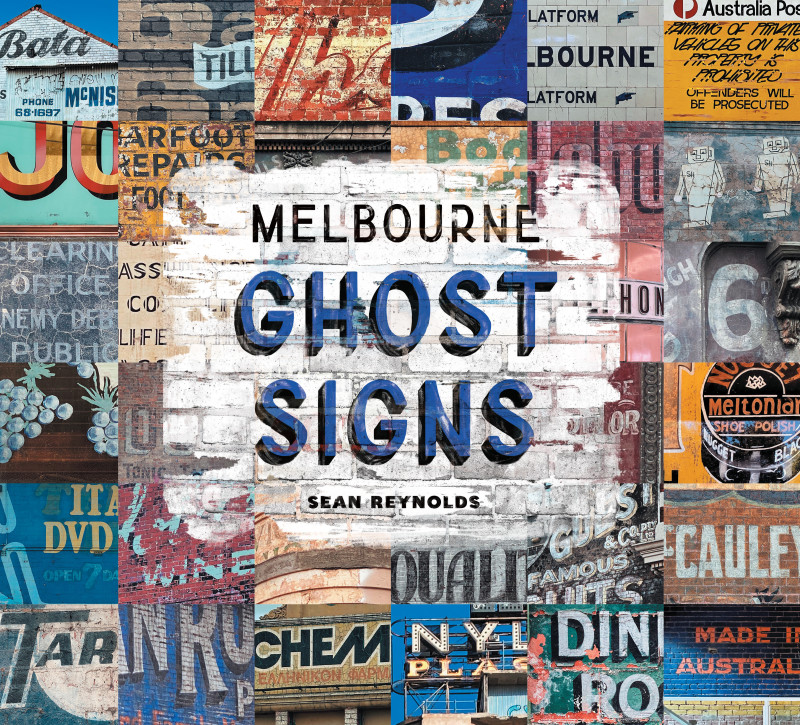

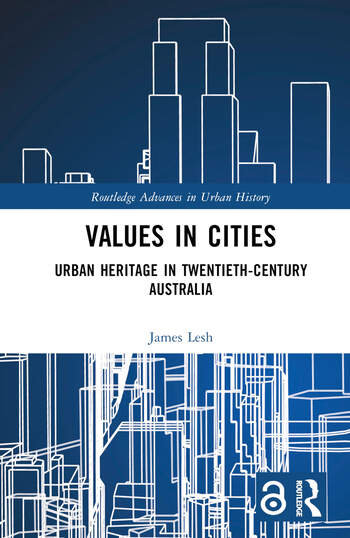
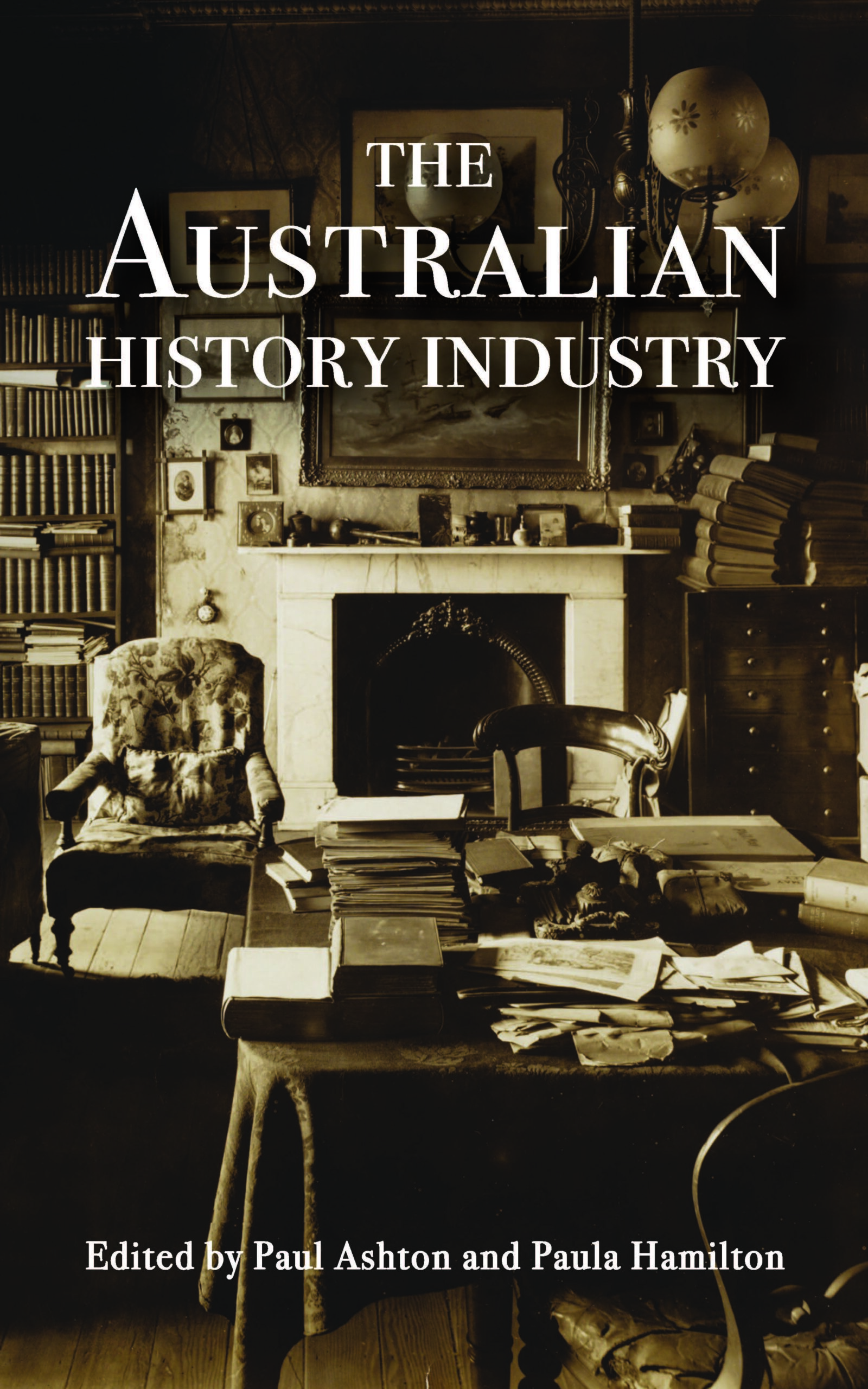
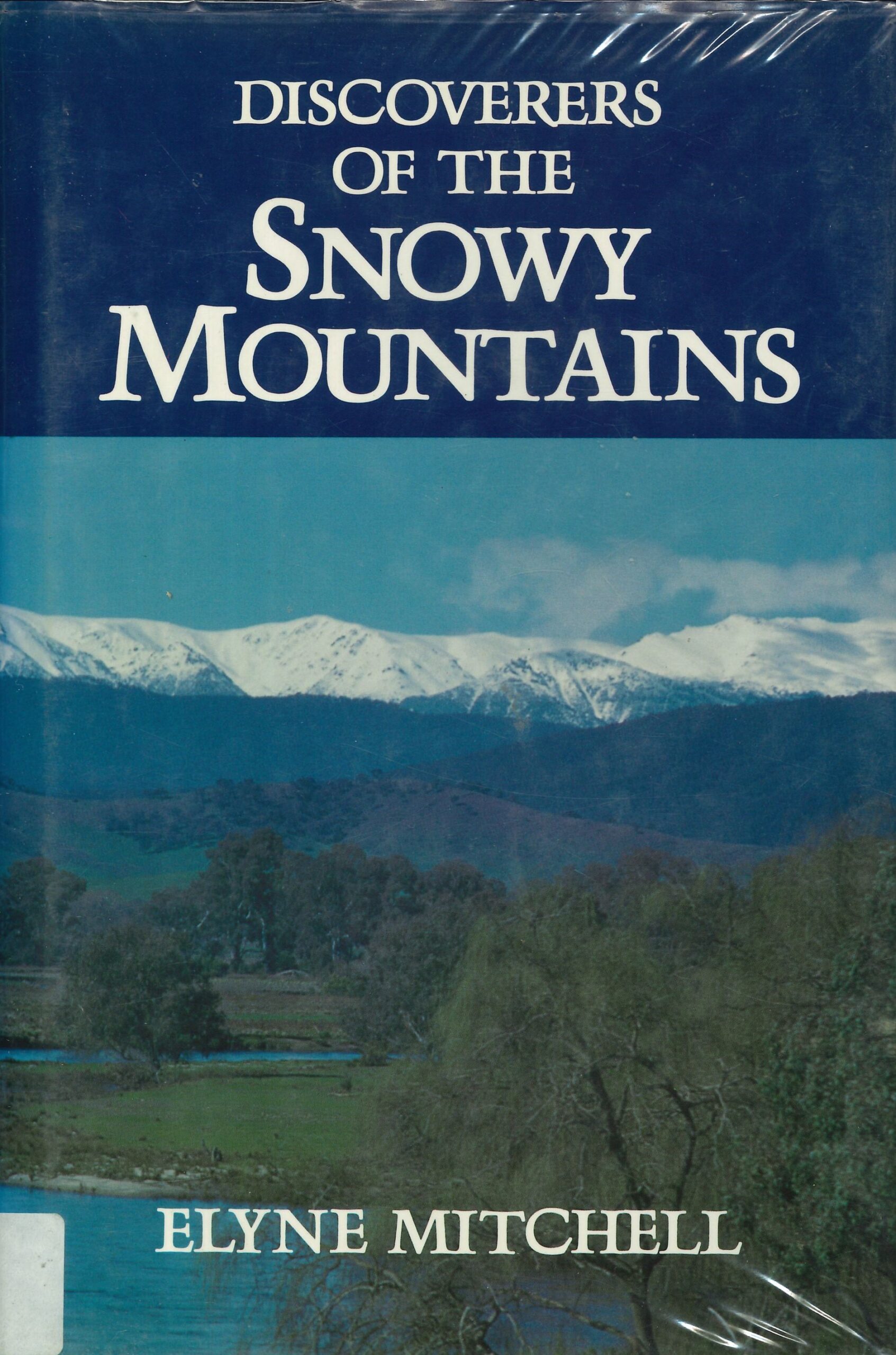
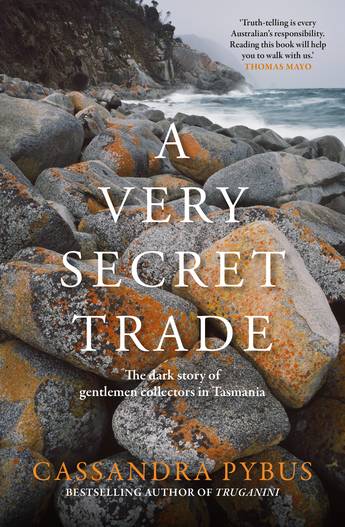
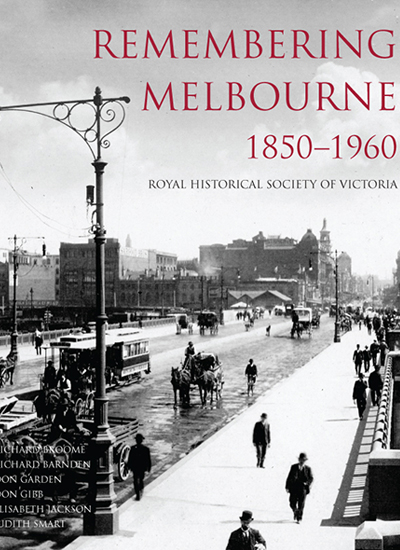
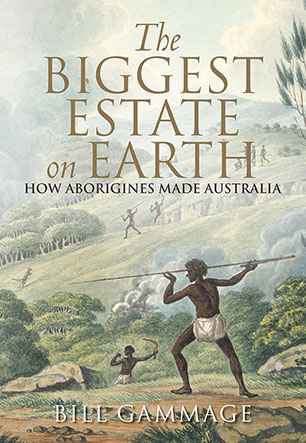
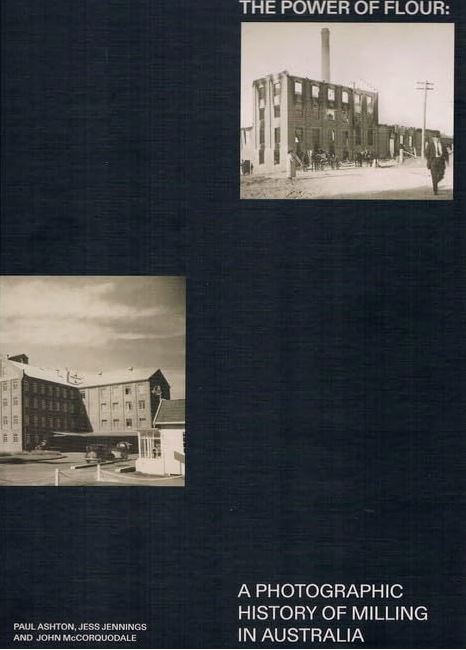
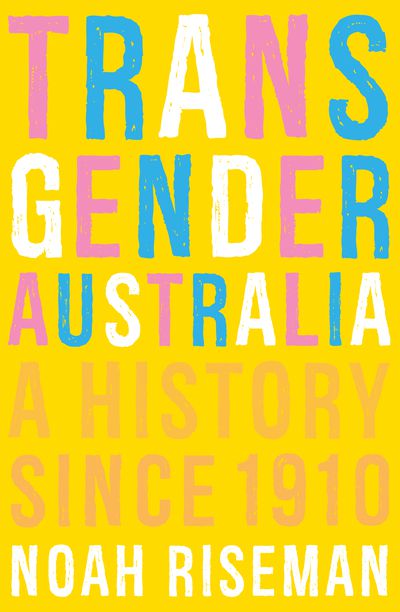
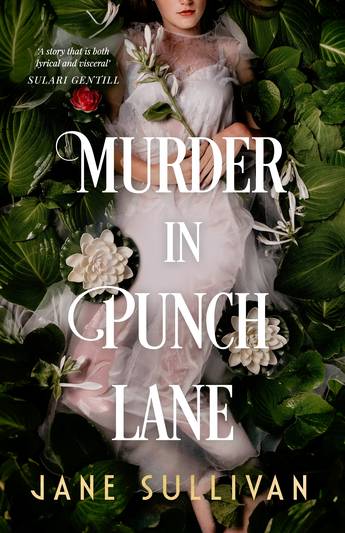






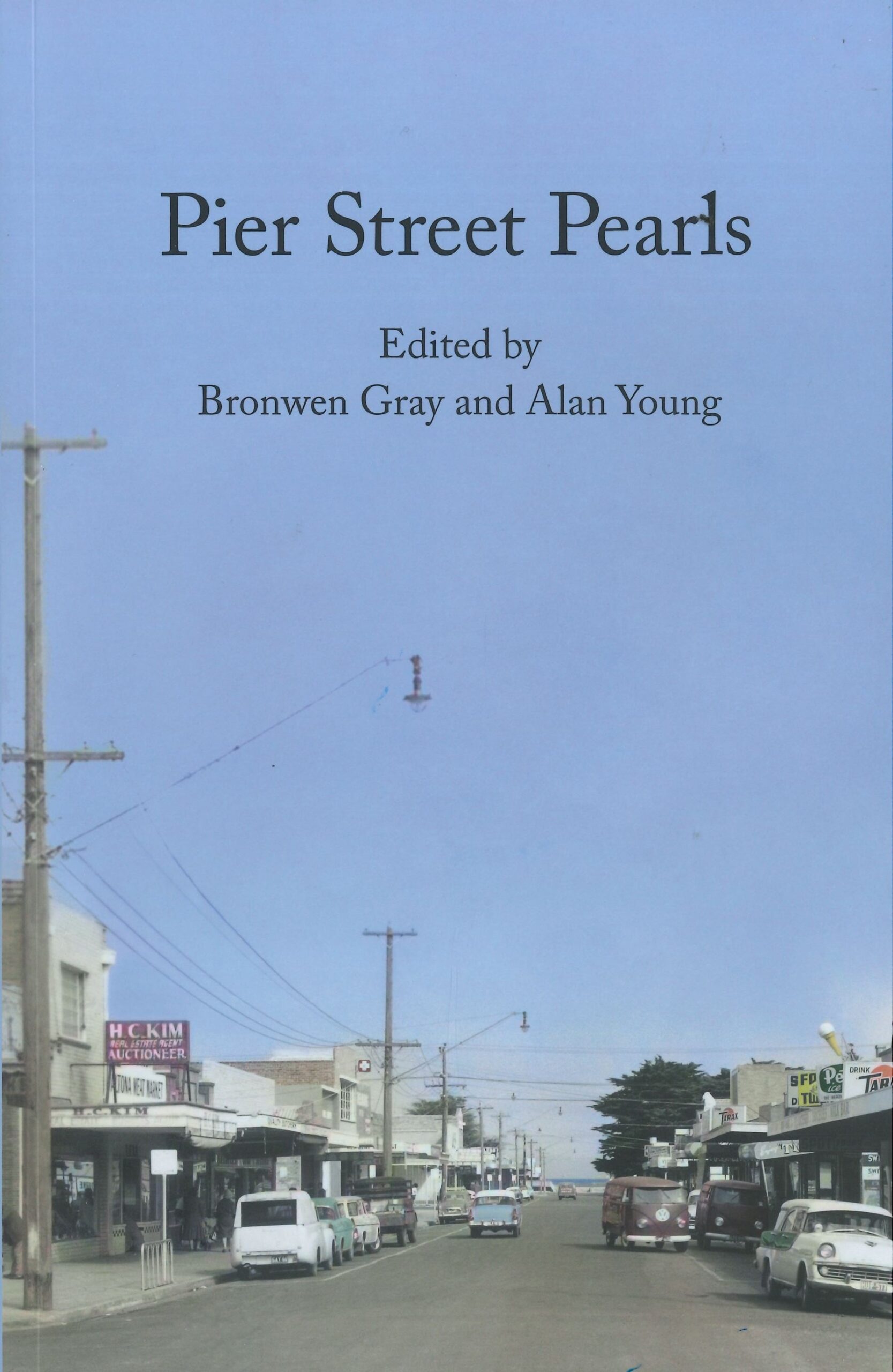
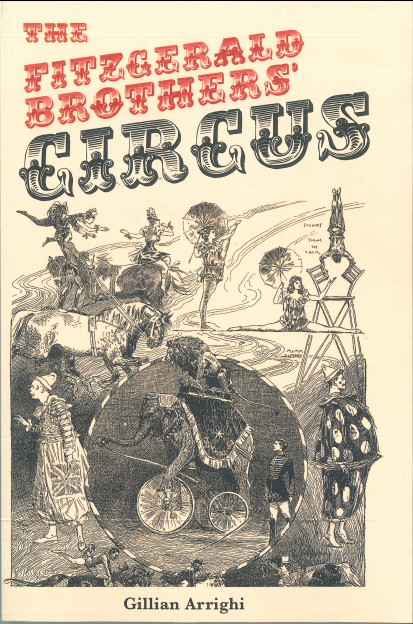


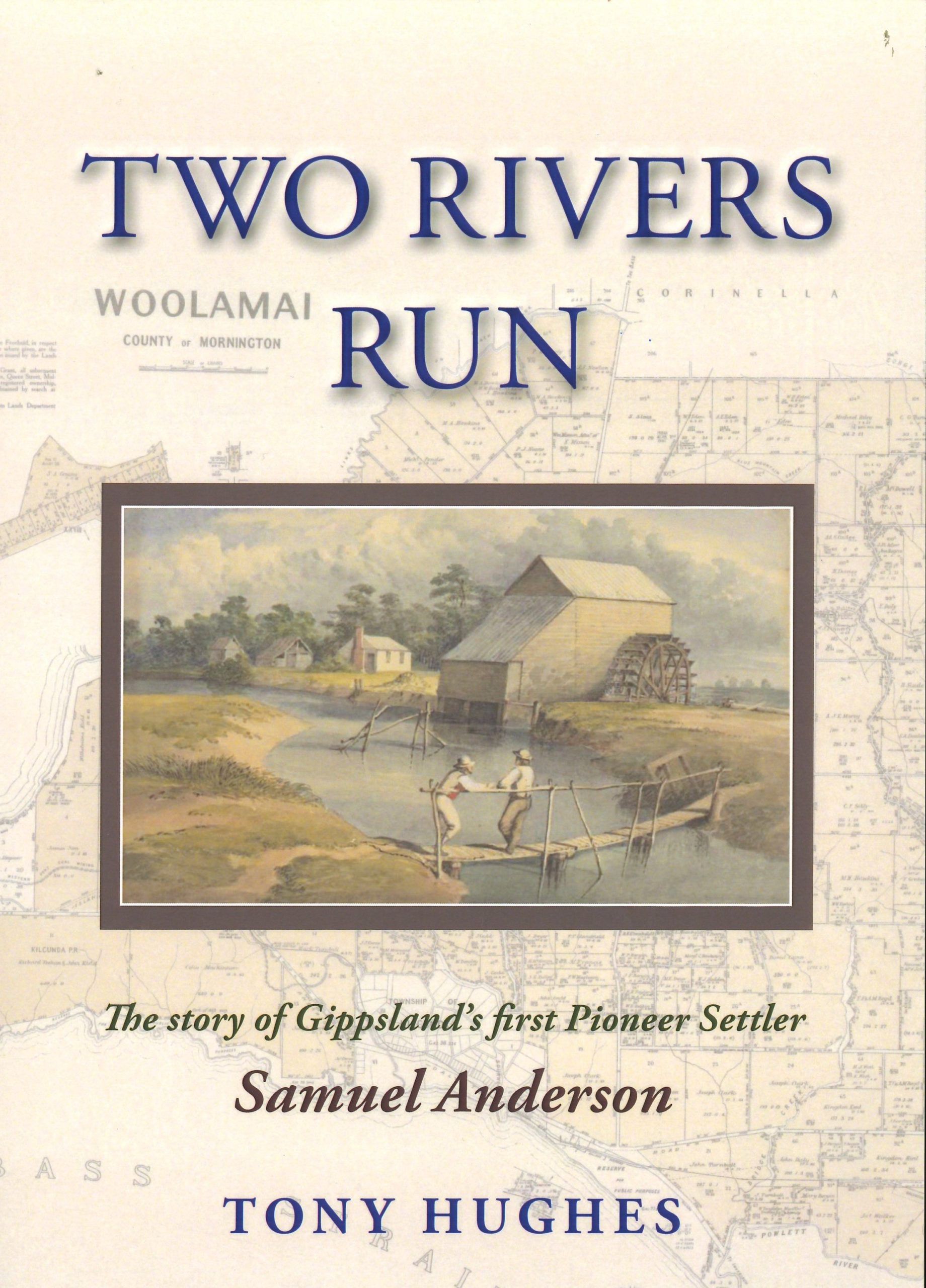
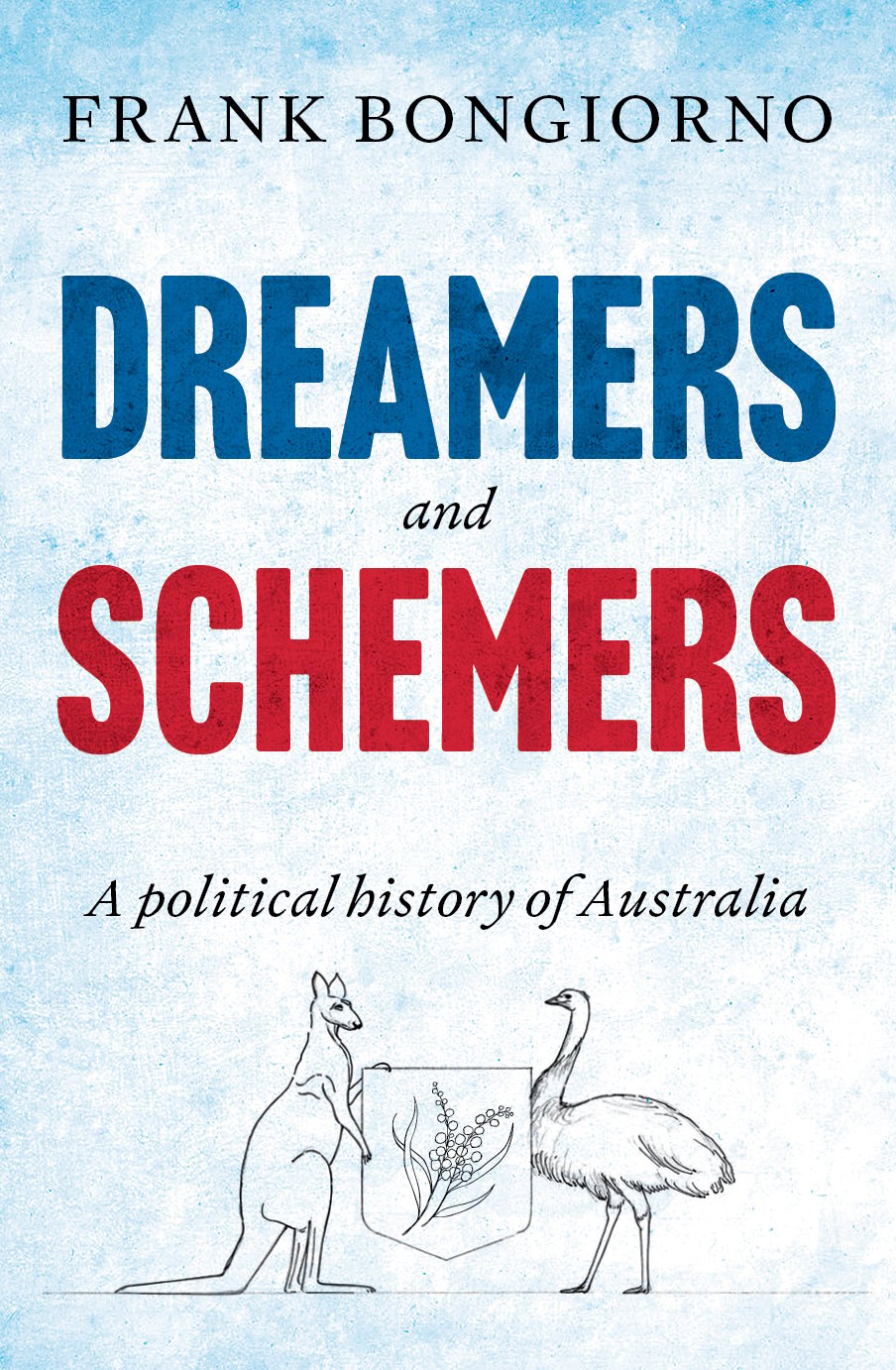

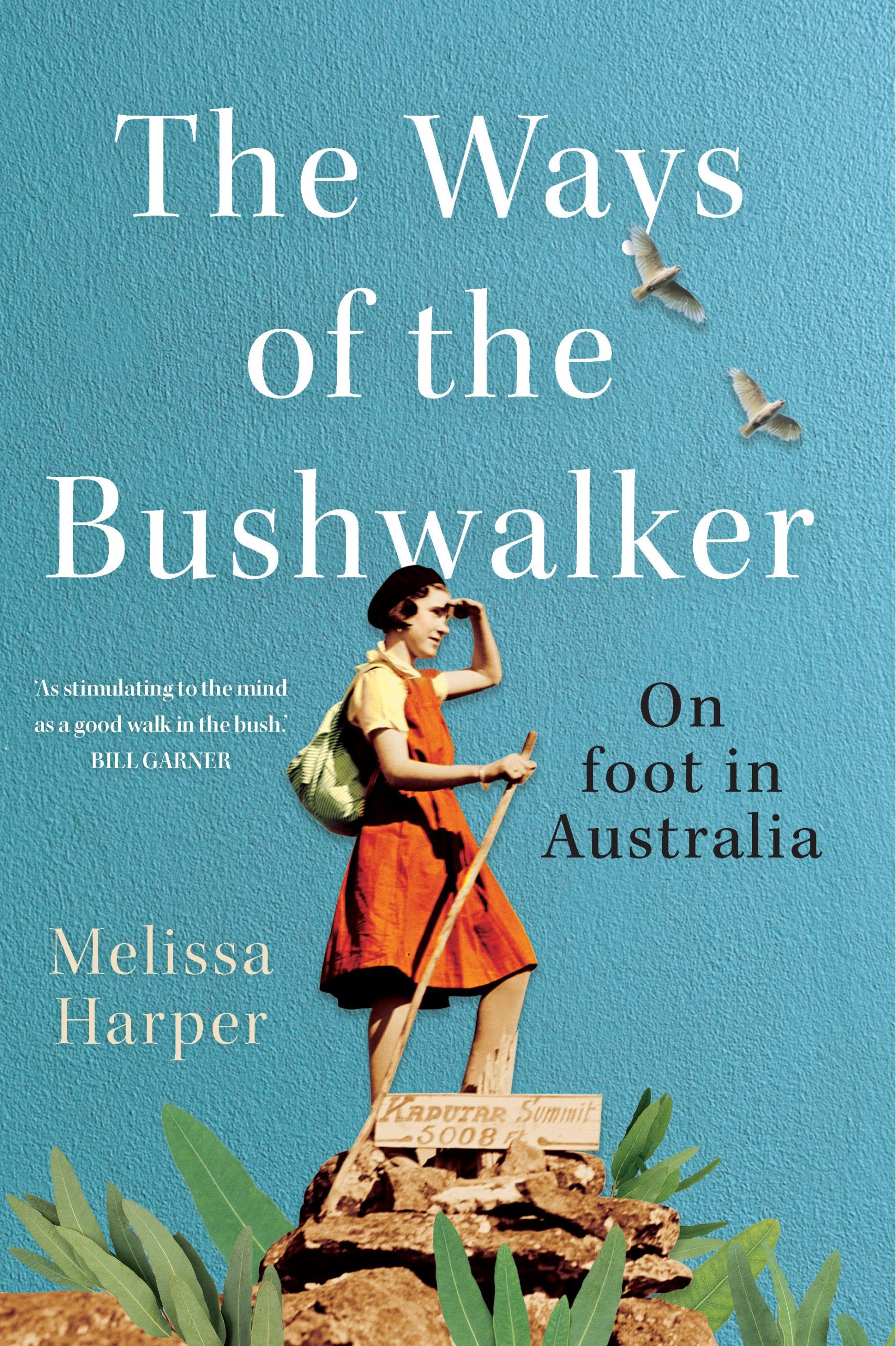
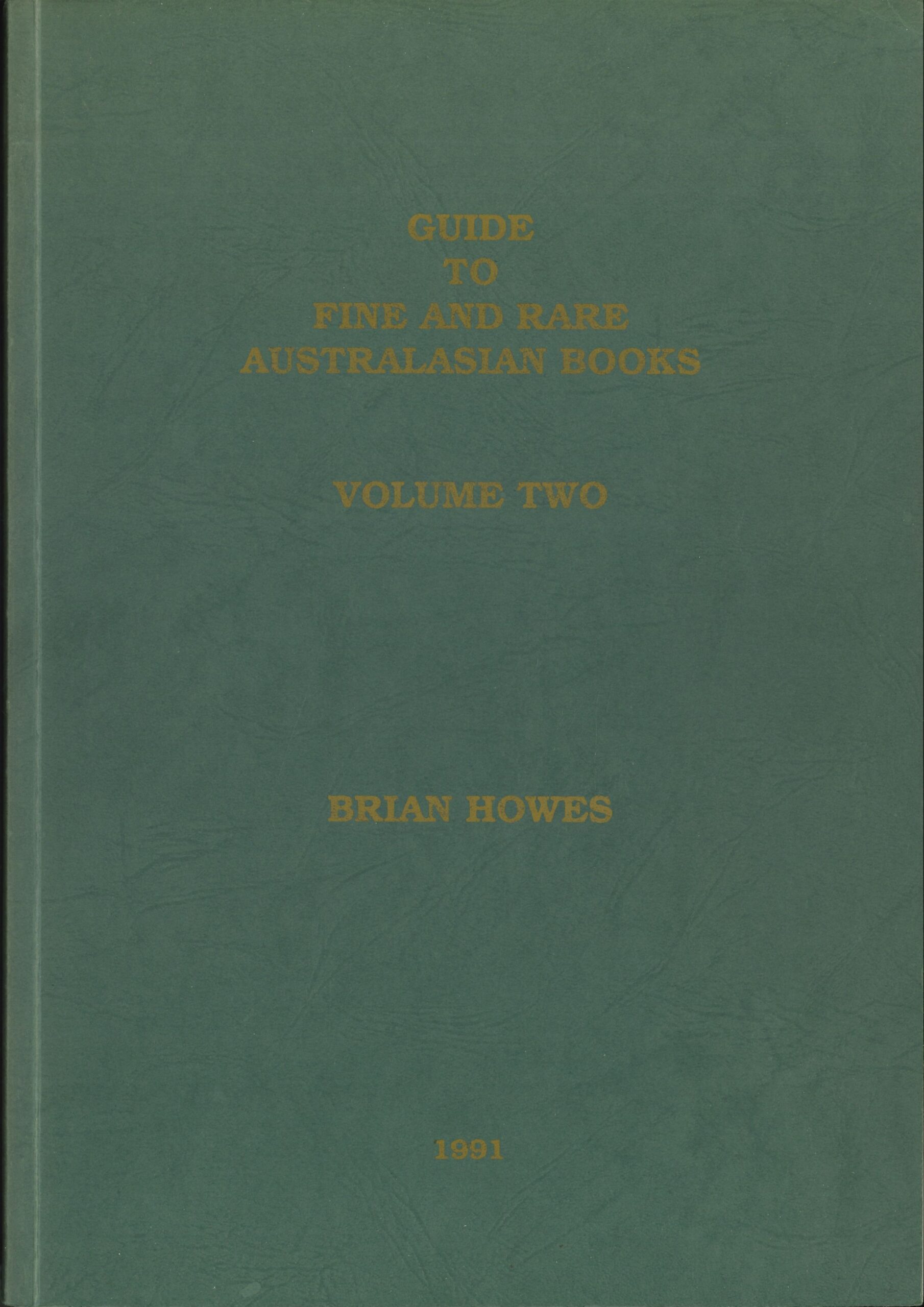
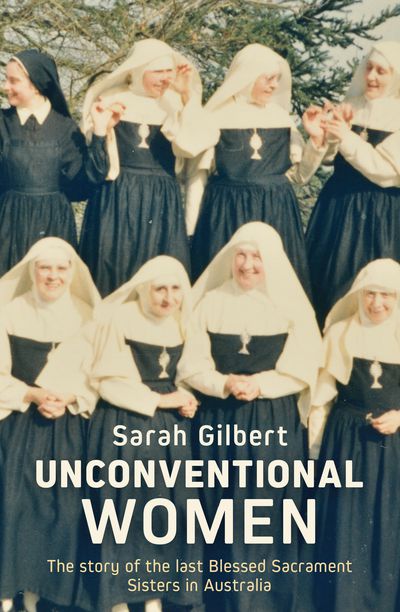
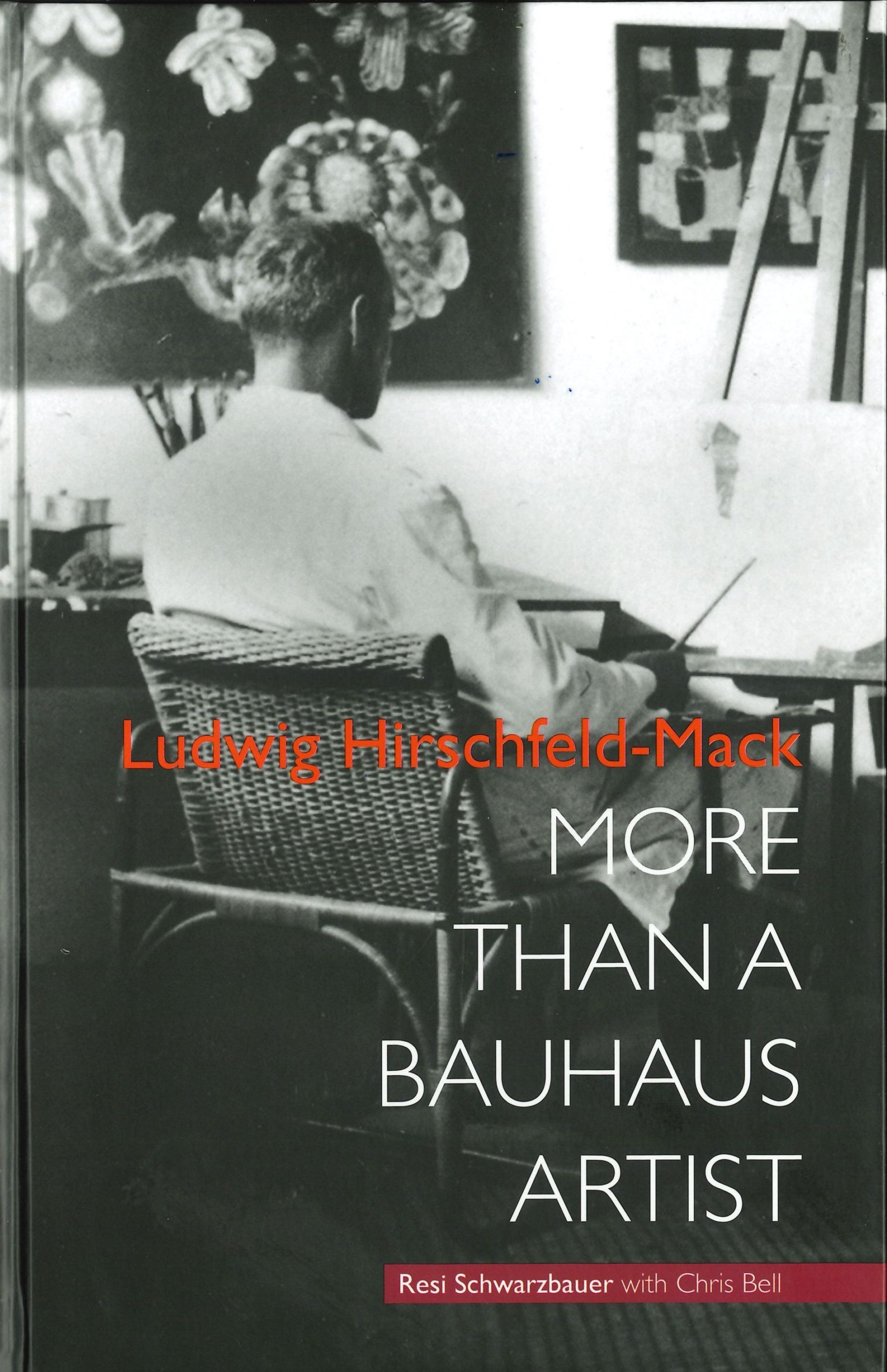
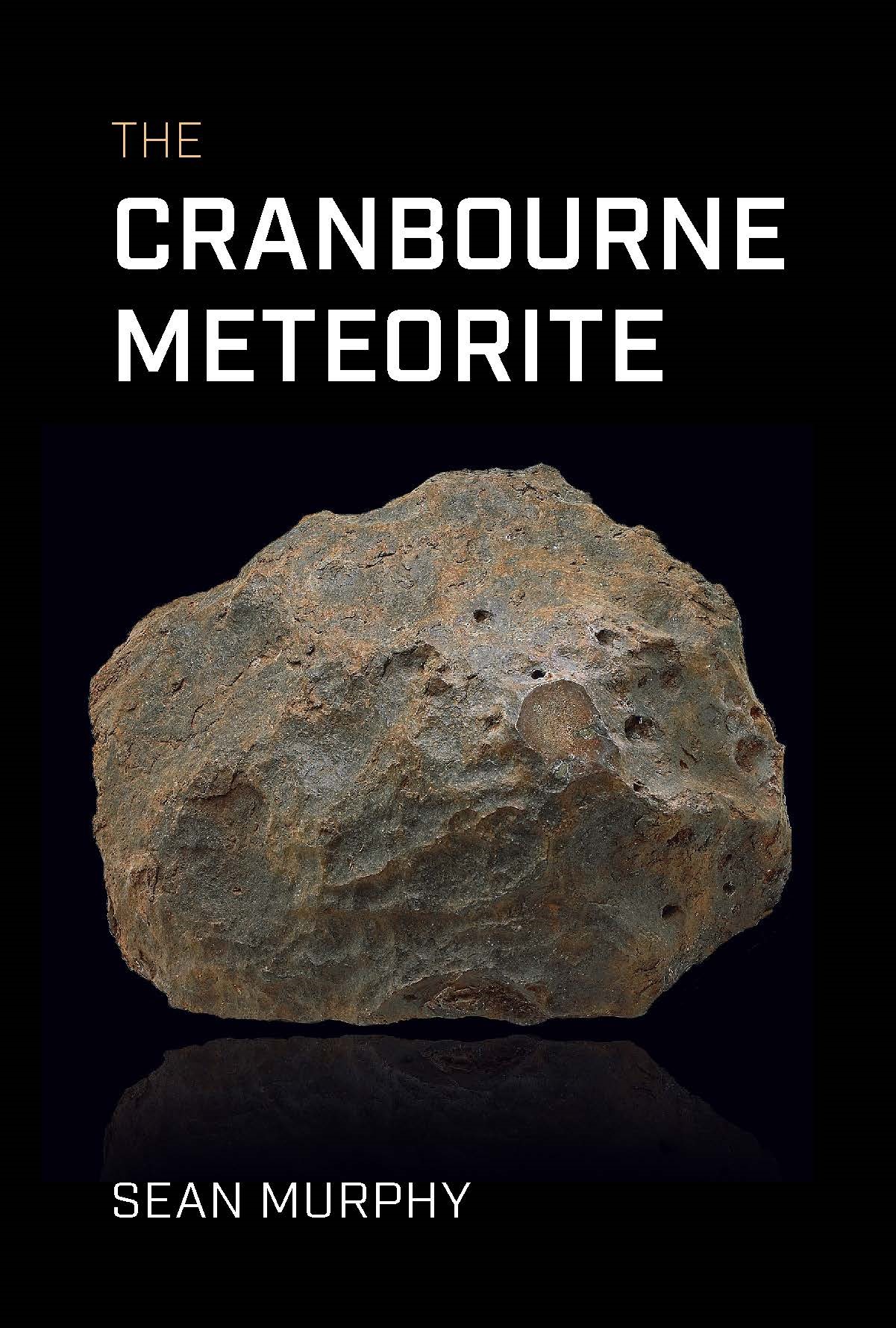




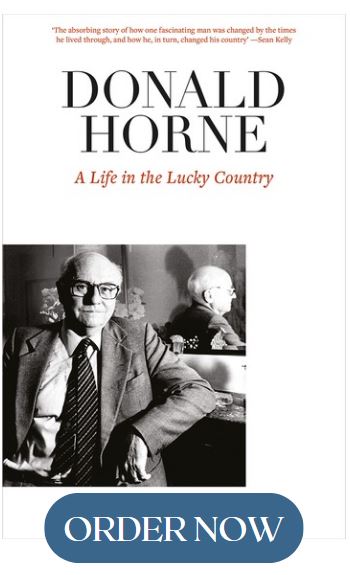



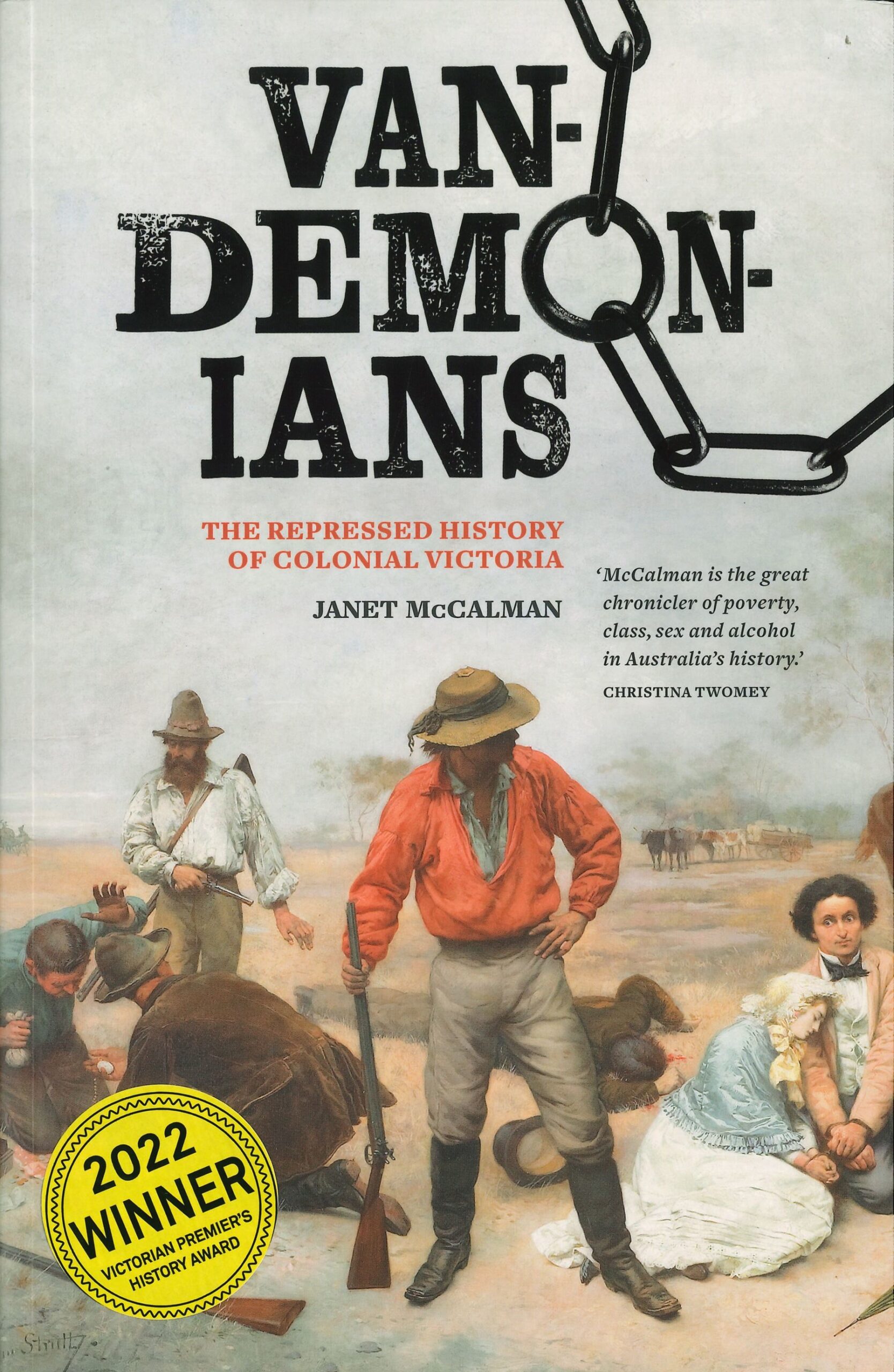
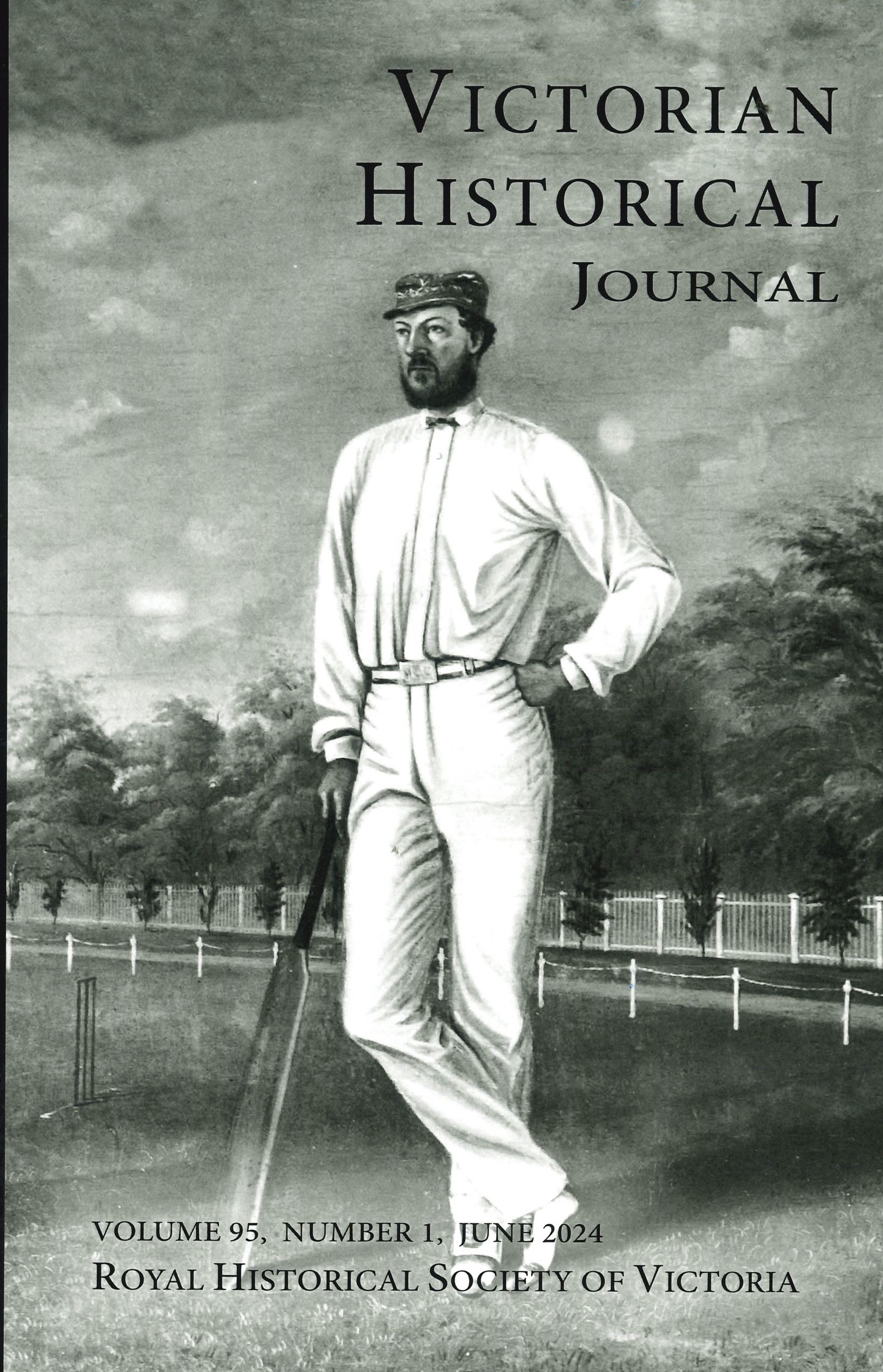


 239 A'Beckett Street Melbourne, Victoria, 3000
239 A'Beckett Street Melbourne, Victoria, 3000  03 9326 9288
03 9326 9288  office@historyvictoria.org.au
office@historyvictoria.org.au  Office & Library: Weekdays 9am-5pm
Office & Library: Weekdays 9am-5pm


Book Reviews Reviews
There are no reviews yet.